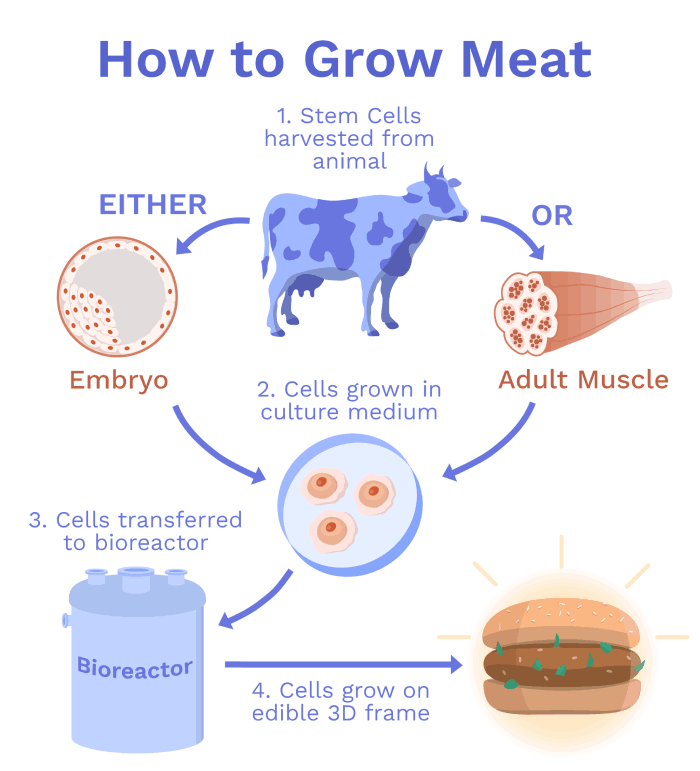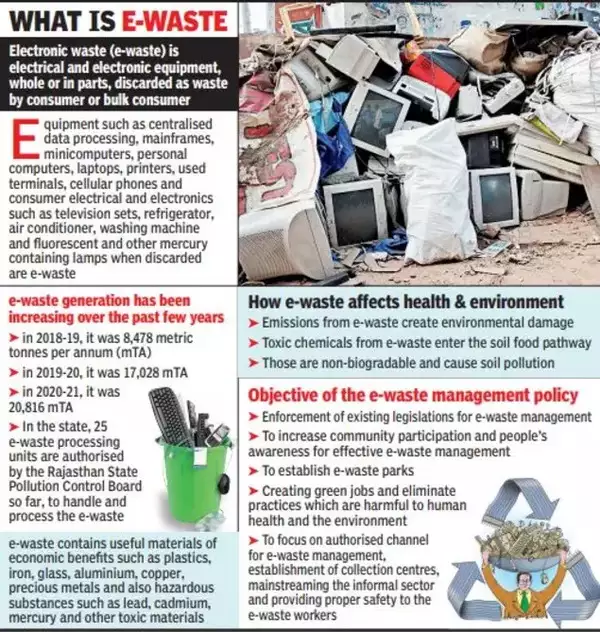
Black holes
Subscribers of "Current Affairs" course can Download Daily Current Affairs in PDF/DOC
Subscribe to Never Miss an Important Update! Assured Discounts on New Products!
Must Join PMF IAS Telegram Channel & PMF IAS History Telegram Channel
- Context (DTE): A recent paper in Nature Astronomy reveals the discovery of a black hole named J0529-4351. This black hole is said to be the brightest object currently known in the universe.
- It is 500 trillion times brighter than the Sun. To release such an immense amount of energy, the black hole must consume approximately the equivalent of a Sun’s worth of material every day.
- It is also 15 to 20 billion times the mass of our Sun.
About Black holes
- Black holes are extremely dense, with such strong gravitational attraction that not even light can escape.
- Albert Einstein first predicted the existence of black holes in 1916 with his general theory of relativity.
- In 2019, the Event Horizon Telescope (EHT) collaboration released the first image ever recorded of a black hole.
- Black holes do not die, but they are theoretically predicted to evaporate over extremely long-time scales, eventually slowly.
- Hawking predicted that black holes could also radiate away energy and shrink very slowly.
- Black holes grow by the accretion of matter nearby their immense gravity pulls in that.
- Black holes are not wormholes. Wormholes can be thought of as tunnels that connect two separate points in space and time.
- Black holes have three layers. The outer and inner event horizon, and the singularity.
- The event horizon of a black hole is the boundary around the mouth of the black hole, past which light cannot escape.
- The inner region of a black hole, where the object’s mass lies, is known as its singularity. The single point in space-time where the mass of the black hole is concentrated.
- Astronomers have identified about one million rapidly growing supermassive black holes in the universe.
- They have masses equivalent to millions or billions of Suns.
- They achieve rapid growth by pulling stars and gas clouds from stable orbits into an orbiting material ring known as an accretion disc.
- Despite being more than 12 billion light years away, the intense glow makes the black hole’s feeding activity visible from Earth.
- In 2015, astronomers using the Laser Interferometer Gravitational-Wave Observatory (LIGO) detected gravitational waves from merging stellar black holes.
|
Types of Black holes
- So far, astronomers have identified three types of black holes.
- Stellar black holes: When a star uses up all its fuel, it may collapse. Smaller stars (about three times the sun’s mass) turn into neutron stars or white dwarfs. But larger stars, when they collapse, keep compressing and form stellar black holes.
- Supermassive black holes: may be the result of hundreds or thousands of tiny black holes that merge. Large gas clouds could also be responsible, collapsing together and rapidly accreting mass. They could also arise from large clusters of dark matter.
- Intermediate black holes form when stars in a cluster collide in a chain reaction.
|
How are Space probes for distant objects possible?
- Space probes use slingshot manoeuvres to get a boost from planets to access hard-to-reach parts of the Solar System.
- The slingshot manoeuvre, also known as a gravity assist, is a space exploration technique that uses the gravitational force of a planet or other celestial body to alter and boost the speed and trajectory of a spacecraft.
- It can add or subtract momentum to increase or decrease the energy of a spacecraft’s orbit.
- Imagine a spacecraft approaching a planet. It utilises the planet’s gravity to gain speed and change its direction, similar to a slingshot effect.
- This technique helps spacecraft conserve fuel and reach their destinations more efficiently.
- Several robotic spacecraft have used the gravity assist technique to achieve their targets. For example,
- Voyager 2 flew by Jupiter for reconnaissance and a trajectory boost to Saturn.
- Galileo took one boost from Venus and two from Earth while orbiting the Sun en route to its destination, Jupiter.
What are accretion disks?
- An accretion disk is a flattened, circular, or elliptical structure that is formed when material falls towards a strong gravitational force, such as a star or a black hole.
- Accretion discs are gateways to a place where nothing returns, and they are not friendly to life.
- They’re like giant storm cells with clouds that glow at extremely high temperatures, reaching tens of thousands of degrees Celsius.
- Accretion disks are found surrounding a variety of celestial bodies.
- The biggest accretion disks, on the scale of the Solar System, are found surrounding the centres of active galaxies.
- The X-rays released from accretion disks can be observed and used to locate black holes.
To know how black holes form (Infographic), you can visit > Stellar Evolution.




![PMF IAS Environment for UPSC 2022-23 [paperback] PMF IAS [Nov 30, 2021]…](https://pmfias.b-cdn.net/wp-content/uploads/2024/04/pmfiasenvironmentforupsc2022-23paperbackpmfiasnov302021.jpg)











